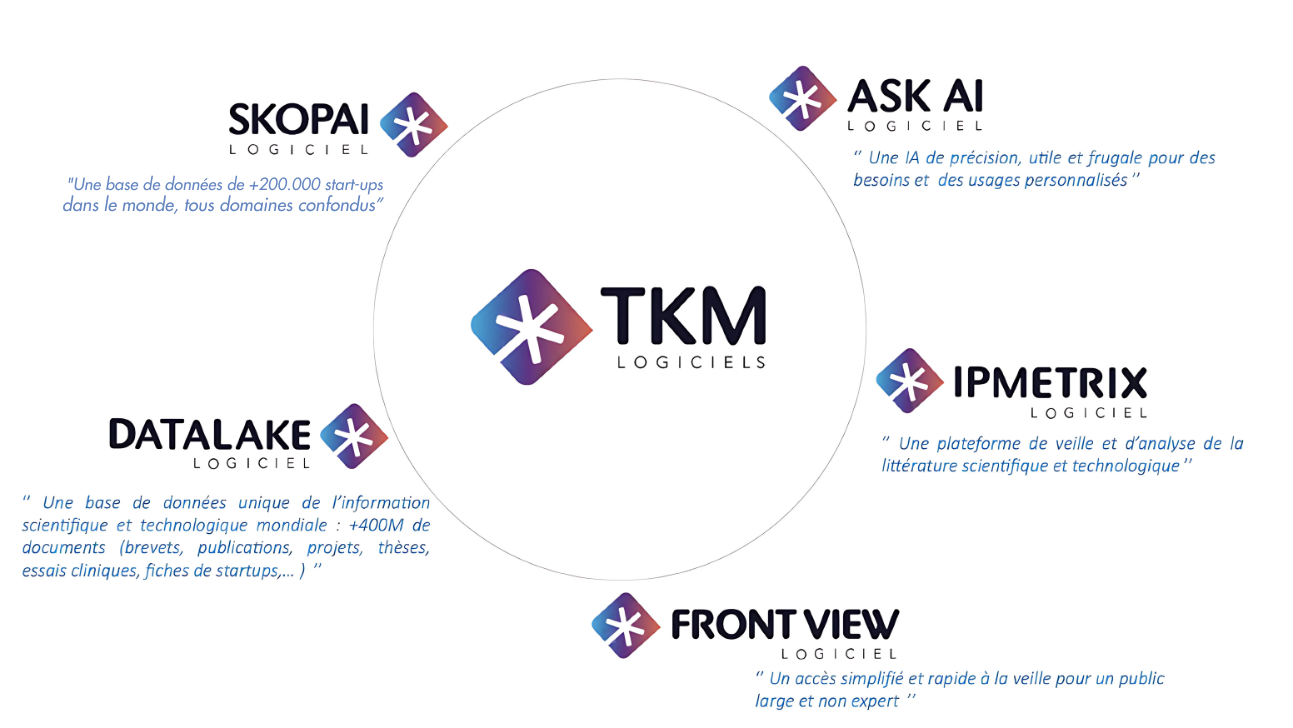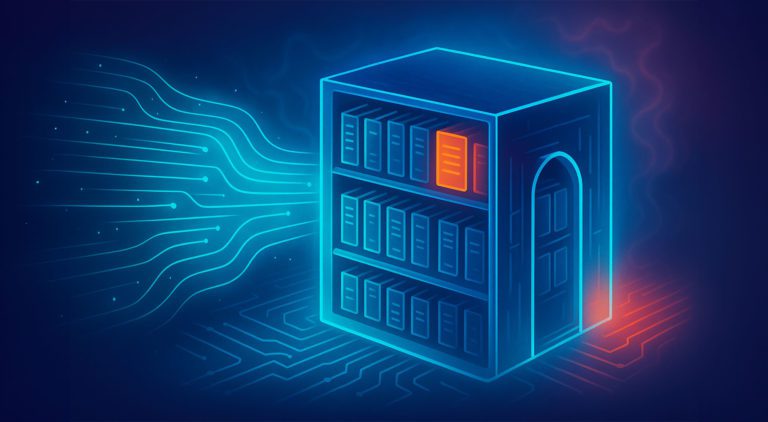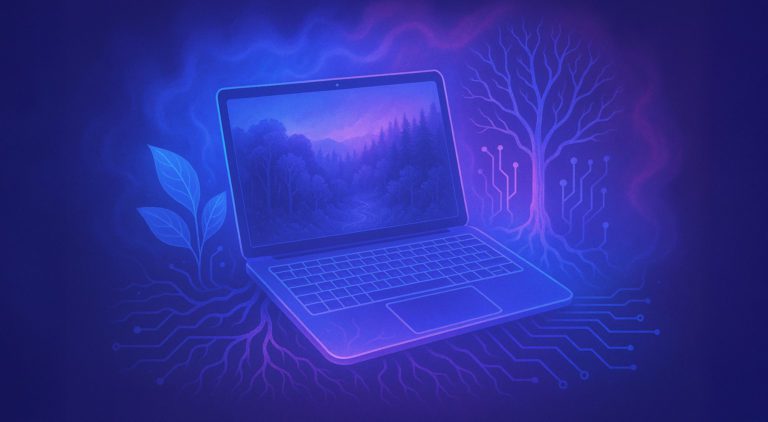Although access to information has never been easier, it is paradoxically increasingly difficult to be well informed, due to the explosion in the volume of information available. However, technological monitoring remains essential for all companies seeking to develop and maintain their competitive advantage. How, in this context, can you keep up to date with the latest innovations effectively and without spending all your time on it?
After a quick reminder of the theory, our advice for successful technological monitoring.
 TECHNOLOGY MONITORING: DEFINITION
TECHNOLOGY MONITORING: DEFINITION
Technological monitoring is one of the different types of monitoring which contribute to the economic intelligence that a company must deploy and falls more broadly within the framework of strategic monitoring.
What is technological monitoring?
More concretely, technological monitoring relates to the observation and exploitation of technical, technological and/or scientific information useful for the strategic decision-making of innovative companies. The main stages that structure it are the collection, analysis and dissemination of this qualified information.
Technology monitoring makes it possible to identify technical innovations, new products/services or competitors, or even new knowledge from academic research.
All sectors are concerned: manufacturing industry, health, energy, transport, cosmetics, etc. Technological monitoring is all the more essential for professions with a high intensity of Research and Development (R&D) and strong needs for innovation , from the start -up to large groups through SMEs and ETIs.
 WHY DO TECHNOLOGY MONITORING?
WHY DO TECHNOLOGY MONITORING?
Technological monitoring is in principle at the heart of the strategic decisions of innovative organizations. It allows a company to:
- Monitor the activity of your competitors , or detect new ones (from different technical fields)
- Anticipate their future innovations and react in time
- Have a very precise vision of their patent filings and counter them in time if necessary
- Master your technological environment.
- Identify weak signals announcing new technologies
- Detect threats and opportunities in time
- Find the right partners , or even customers in certain cases
 HOW TO IMPLEMENT AN EFFICIENT TECHNOLOGY MONITORING PROCESS?
HOW TO IMPLEMENT AN EFFICIENT TECHNOLOGY MONITORING PROCESS?
Setting up monitoring cannot be improvised. Here are the 6 steps that we recommend you follow to act methodically and spend the time you need:
- Define monitoring areas and deliverables . Beforehand, it is necessary to determine the objectives of the monitoring (why?) and the key information that you wish to obtain from your monitoring work. Depending on whether you are looking to obtain data on available technologies, feed your patent filing strategy or even anticipate the actions of your competitors, your approach will not be the same.
- Organize your vigil . Is this a one-off monitoring (a state of the art for example or a patent landscape) or a continuous monitoring to be implemented? Do you have the resources to carry out this monitoring work internally or is it preferable to use external consultants? What internal scientific skills do you need to mobilize? What tools do you have? And what tools would you need (database, analysis, distribution, etc.)?
- Identify sources . Where is the information that may interest you? In patent databases, scientific publications? On the web, in the economic press? The difficulty being that it is sometimes difficult to know where the information is before having searched for it... Without a dedicated tool, you may be forced to restrict your search scope, to avoid being overwhelmed by a mass of information. irrelevant information.
- Collect information . In connection with the strategic question you wish to answer, you will build a search strategy with the right keywords linked by Boolean operators (And, Or, Not, Proximity, etc.). Unfortunately, now despite a fine selection of keywords you risk quickly finding yourself confronted with a large number of relevant documents.
- Analyze and synthesize information . Once the information has been sorted, stored and made usable, we must now give it meaning. What trends are observed and how can we interpret them? In which areas are competitors innovating? Are there new players? What are the notable opportunities and threats? …
- Use monitoring results . Finally, the time comes to share and disseminate the information collected. No more difficult to digest Excel spreadsheets: rely on data visualization to present your results in a readable and engaging way. Formatting will facilitate the ability of your colleagues or management to create interesting connections, to produce ideas to explore. Conversely, the dry reading of 80 Chinese patents can quickly dissuade the most courageous…
 TECHNOLOGY MONITORING: 3 CHALLENGES TO BE ADDRESSED
TECHNOLOGY MONITORING: 3 CHALLENGES TO BE ADDRESSED
Finding the right information in the age of infobesity
Every year, in all areas combined, several million pieces of data are produced on a global scale, via a multitude of different sites or databases, structured or unstructured. The risk today is to miss information, a decisive weak signal.
The arrival of the internet may have made us believe because information is now very easily accessible, that monitoring would be easier to do, and that everyone would be able to do their own monitoring.
Except that with the mass of information now available it has become extremely complex to have access to the right information: that which has a strategic impact . The challenge, therefore, consists of providing ourselves with the means to select relevant information, independently of the noise and the mass of information to be processed.
It is also essential for the company that it is able to capitalize on the fruits of this monitoring. Failing this, each time an employee leaves, a whole section of knowledge disappears and with it a substantial part of the intangible assets of an R&D or industrial property team.
Restore monitoring to its full strategic dimension
Despite its strategic nature, technological monitoring is still too often the poor relation in companies. In large groups, it is not uncommon for engineers to be responsible for monitoring, in addition to their R&D missions. So much so that they simply do n't have the time to take care of it properly . And even if the company has monitoring analysts, they are most often assailed with varied requests and face a multiplicity of subjects to deal with . In addition to traditional monitoring topics, they must more and more often respond to ad hoc requests and have difficulty keeping up. Without methods and tools adapted to this new context, technological monitoring cannot be efficient .
Equip yourself with the right technology monitoring tools
Web monitoring, access to databases with an alert system, patent databases, crawlers, scrapers... To carry out their monitoring work, analysts most often rely on single-source monitoring tools. Tools which, taken individually, do not allow for 360° monitoring of their technological environment . This requires multiple subscriptions and analyses. Not to mention that access to databases is expensive, and each new subscription must be justified. Fortunately, there are now technological alternatives to simplify and optimize monitoring work, such as those offered by our software suite.
A multi-source monitoring tool, IPMetrix is a SaaS monitoring and analysis software perfectly suited to the new challenges of technological monitoring. Analysis of patents, scientific articles, theses, collaborative projects, company databases, web articles... IPMetrix is capable of processing and analyzing data and documents from all scientific and technological literature: patents, scientific articles, collaborative projects, theses, web... Designed to promote collaboration in order to put monitoring back at the heart of the decision-making process of companies, this software allows you to classify, detect, comment on each piece of information and share it in one click. Its analysis and data visualization tools allow a user to build a good understanding of the issues in a field in just a few hours.
You can also use our other software solutions to support you in different aspects of your monitoring:

 TECHNOLOGY MONITORING: DEFINITION
TECHNOLOGY MONITORING: DEFINITION
 WHY DO TECHNOLOGY MONITORING?
WHY DO TECHNOLOGY MONITORING? HOW TO IMPLEMENT AN EFFICIENT TECHNOLOGY MONITORING PROCESS?
HOW TO IMPLEMENT AN EFFICIENT TECHNOLOGY MONITORING PROCESS?
 TECHNOLOGY MONITORING: 3 CHALLENGES TO BE ADDRESSED
TECHNOLOGY MONITORING: 3 CHALLENGES TO BE ADDRESSED
